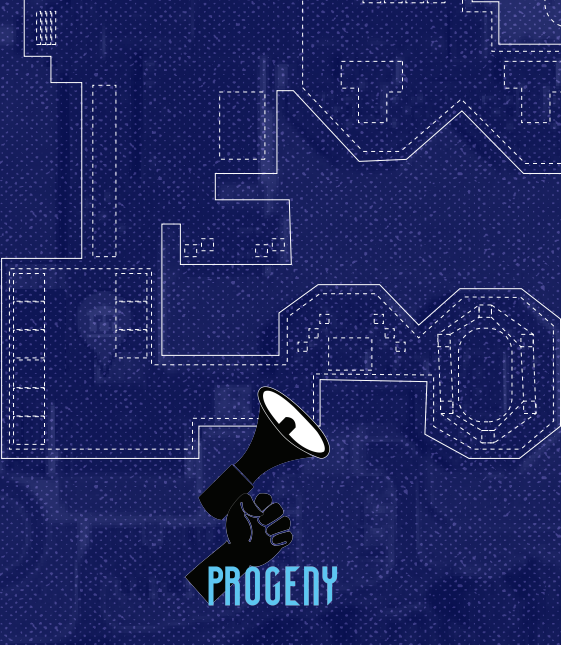From Harm to Healing: The Blueprint for Healthier Outcomes for Kansas Youth

This report examines the fiscal and social costs of imprisoning youth in Kansas and makes recommendations for reform, including closing the last centralized youth prison in Kansas.
Published 2021-08-02Executive Summary
Kansas made progress in reforming the youth justice system with the passage of SB 367 in 2016. But there still is much work to be done. There is a growing movement among activists, formerly incarcerated people, youth correctional leaders, and prosecutors to end the use of youth prisons in favor of community programs and supports for young people who have entered the justice system. Replacing large, centralized prisons with small, homelike facilities close to home that are rooted in rehabilitation and community is supported by research and has growing support across the country.
The report, however, examines the fiscal and social costs of imprisoning youth in Kansas, looking at some of the other models that exist elsewhere and what has been proven to work, with data to back up claims. This report will make recommendations for reform that include closing the last centralized youth prison—the Kansas Juvenile Correctional Complex (KJCC)—and offers action steps to be taken by Kansas. The perfect system for youth who have encountered the justice system or the foster system does not currently exist. We at Progeny think this is the opportunity to reimagine the juvenile justice system here in Kansas and build it uniquely to best serve young people’s specific needs. Make our state the shining example of how best to ensure effective youth justice.
As a companion to this report, Progeny, in collaboration with Youth First Initiative, is release its Five Years of SB 367: Kansas’s Landmark Juvenile Justice Reform and Its Implementation. Although based on some of the same information shared in this report, the Blueprint shares more detail on Progeny’s and its youth leaders’ vision for making Kansas a better place for youth and families.